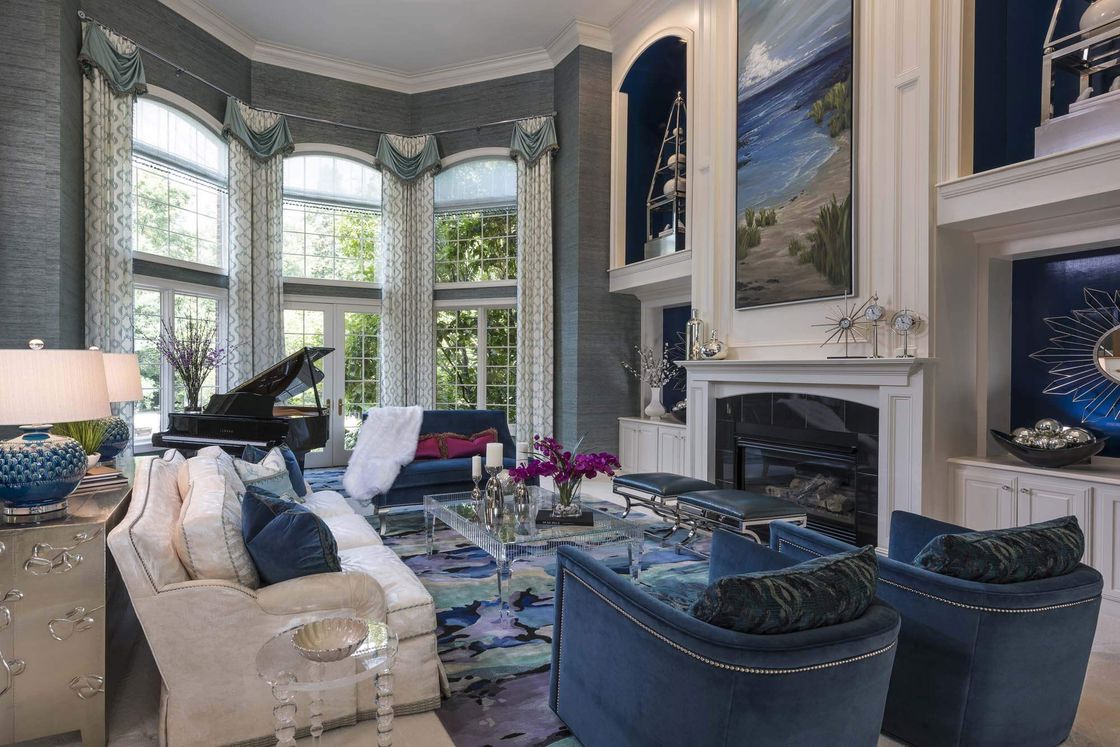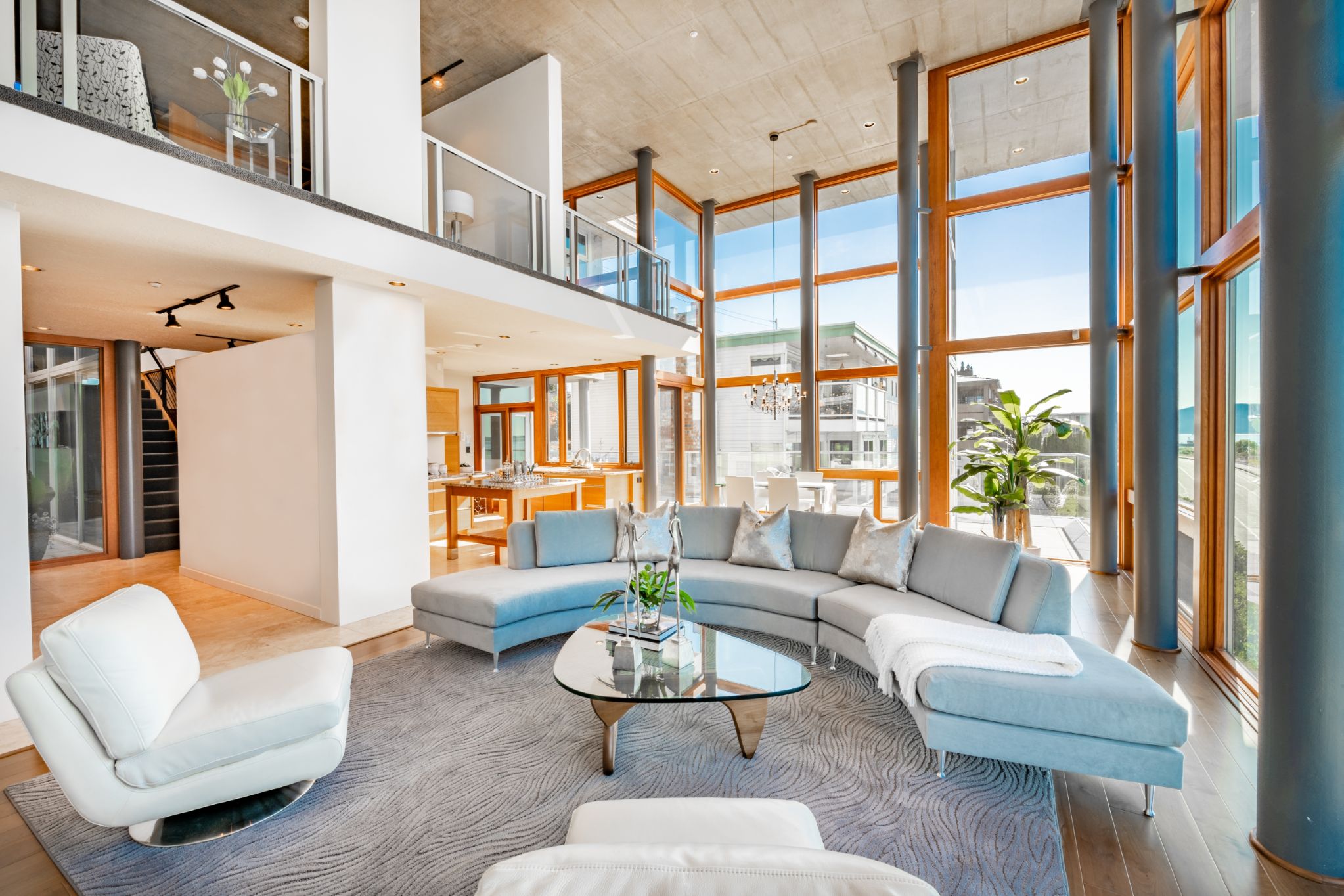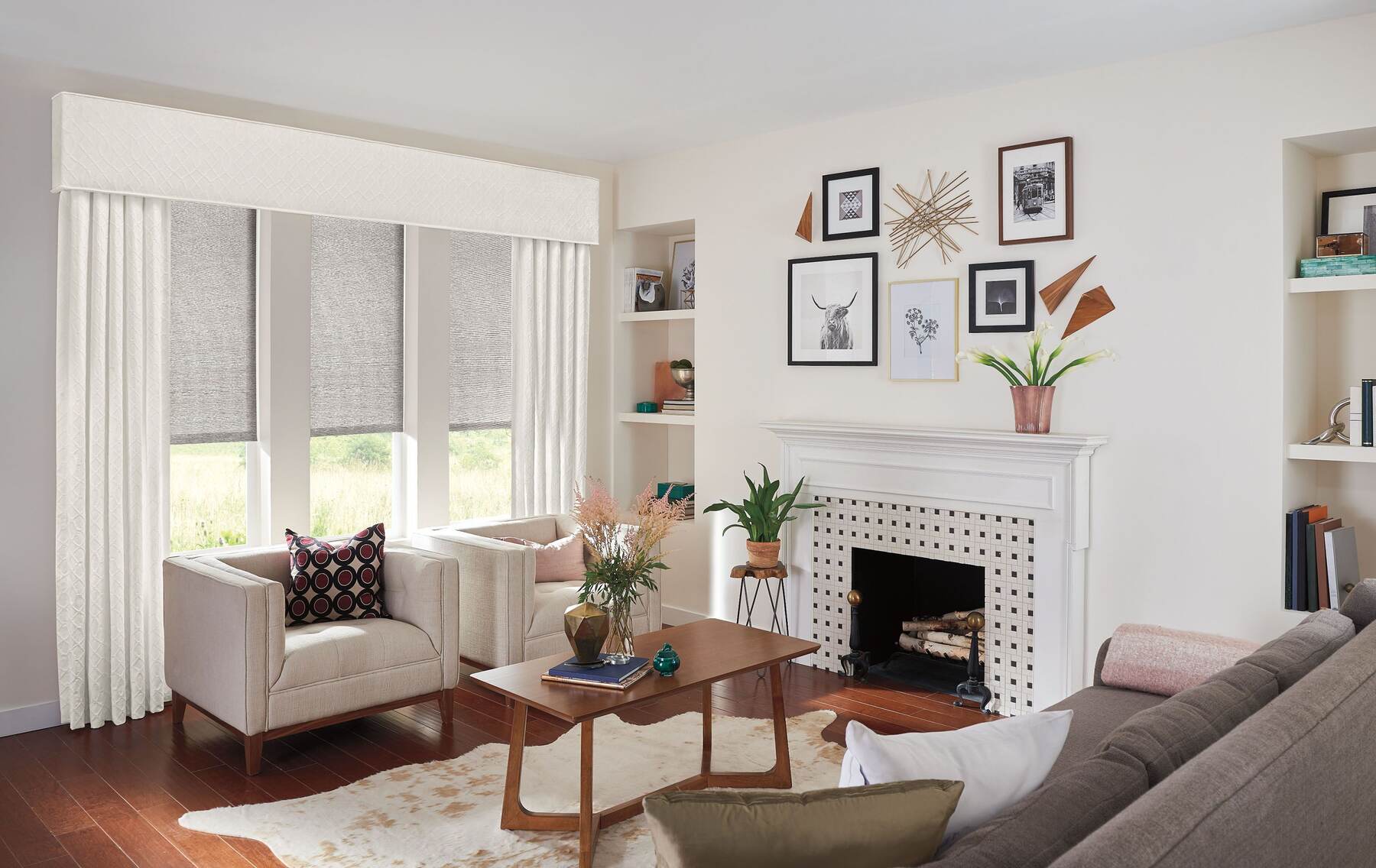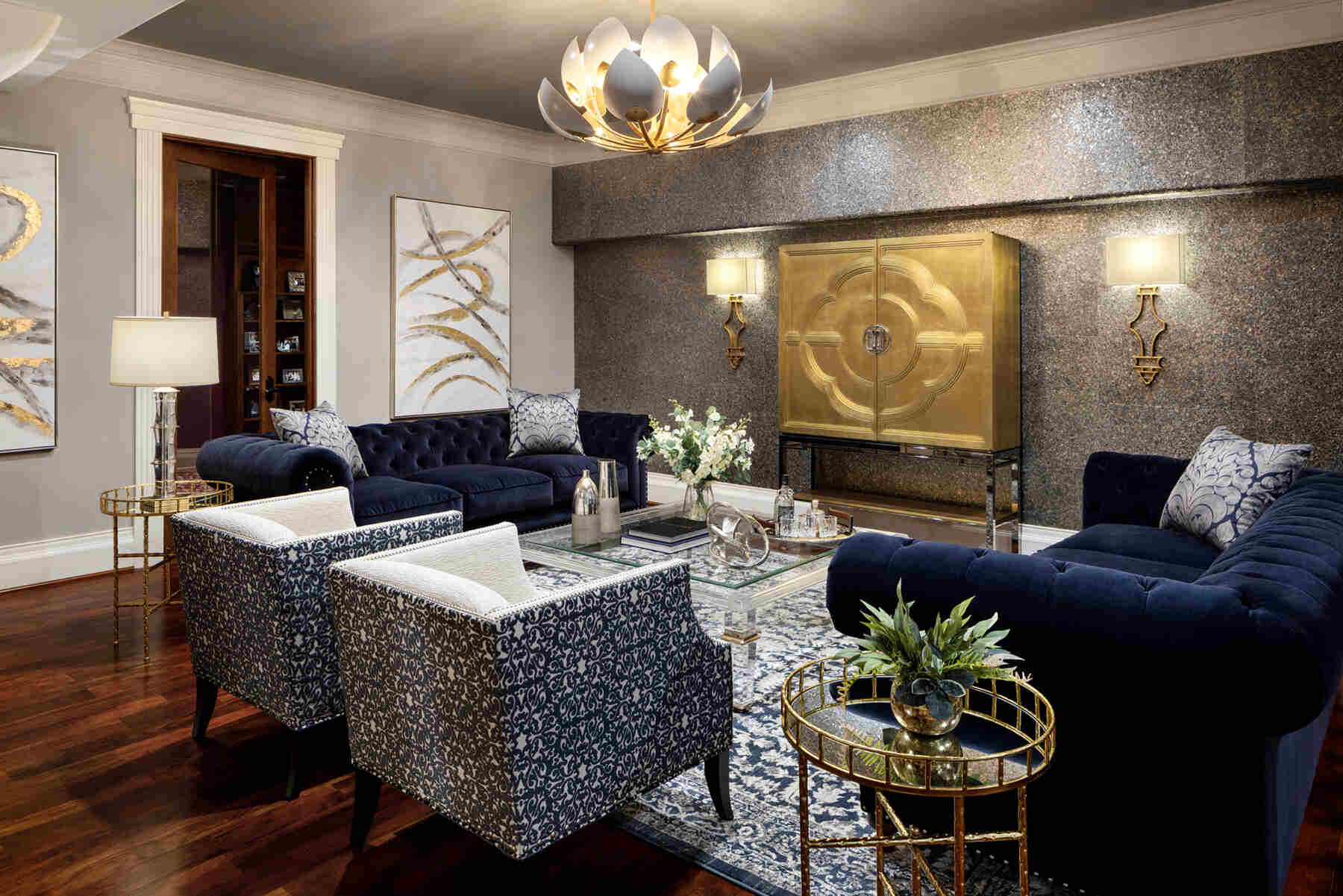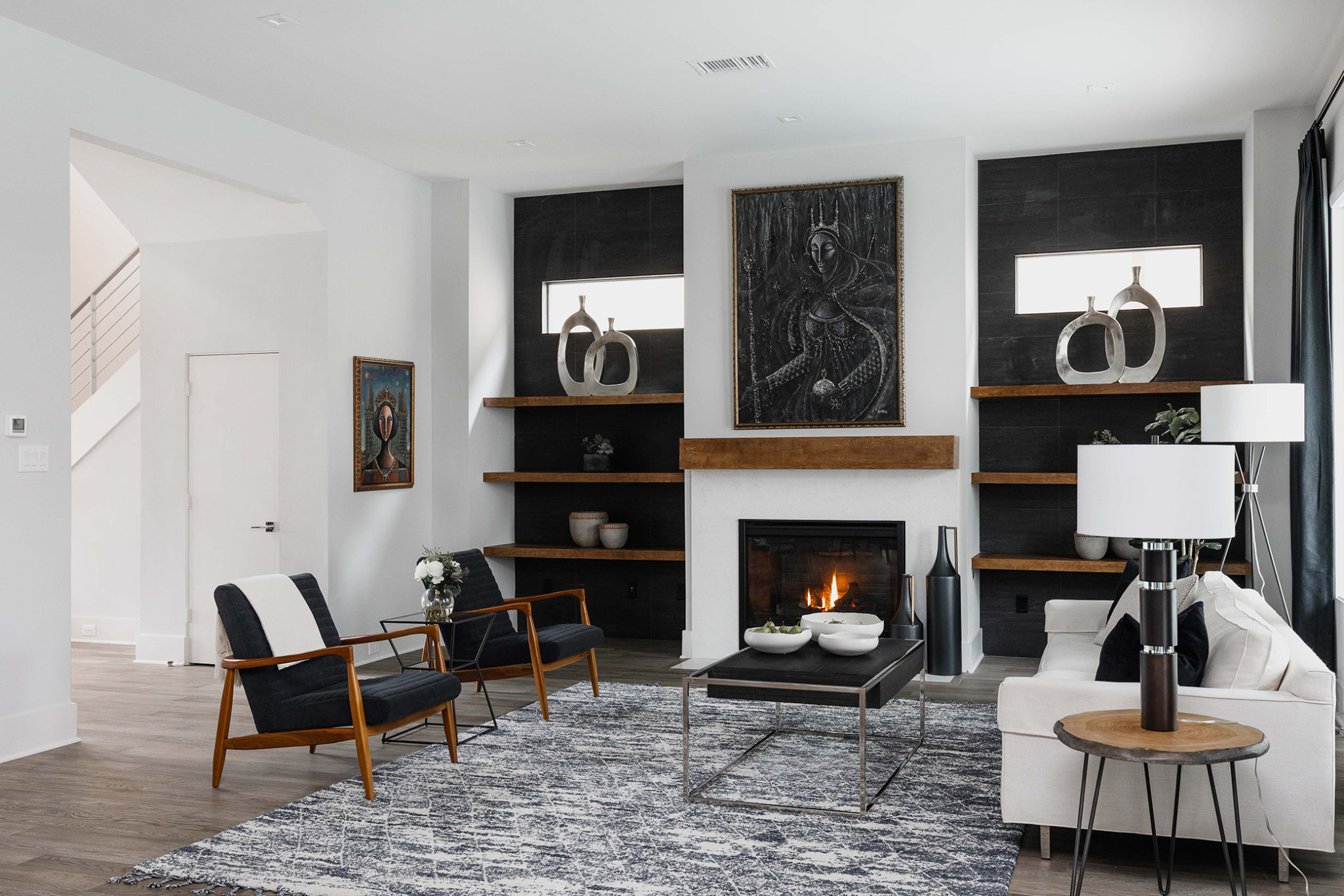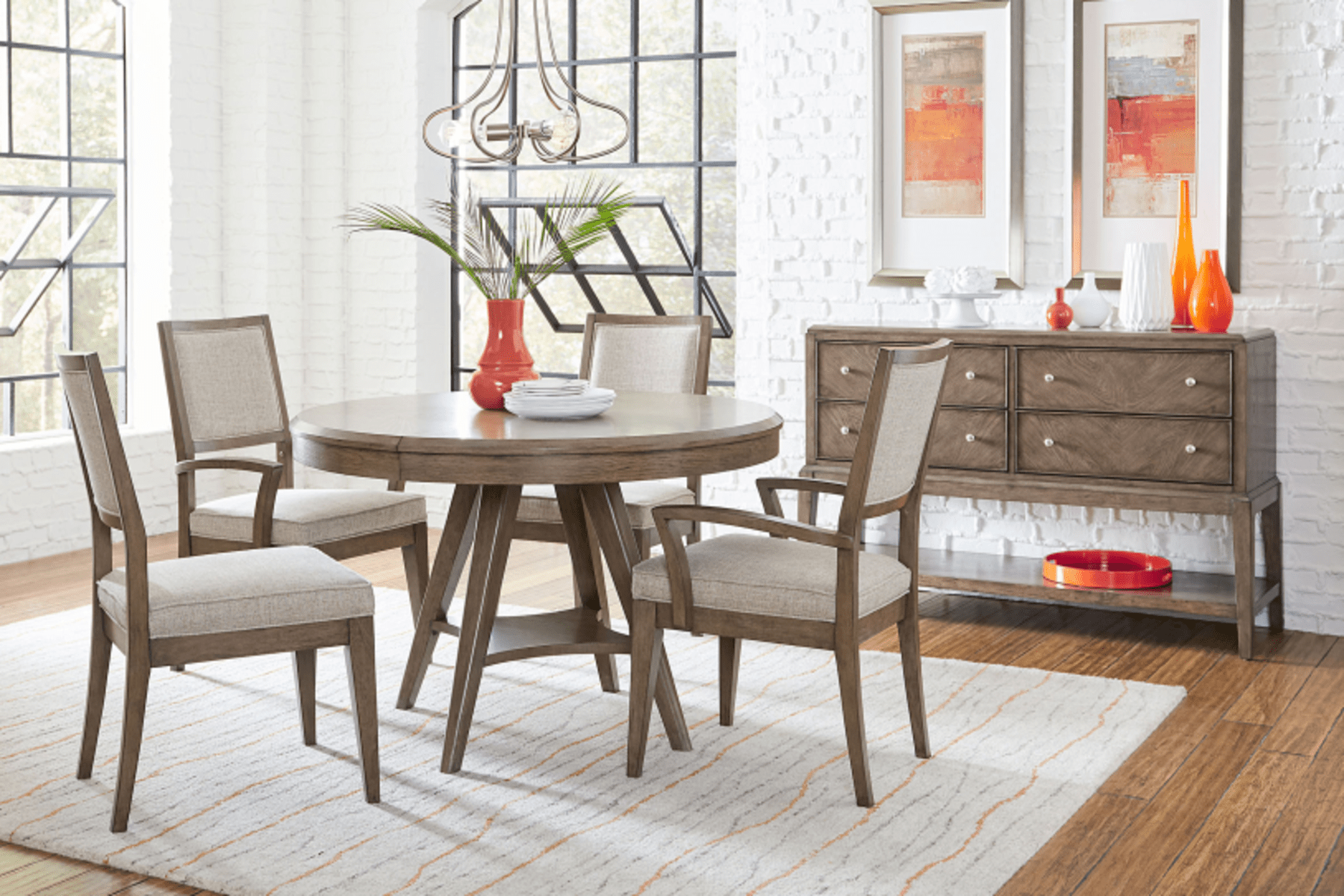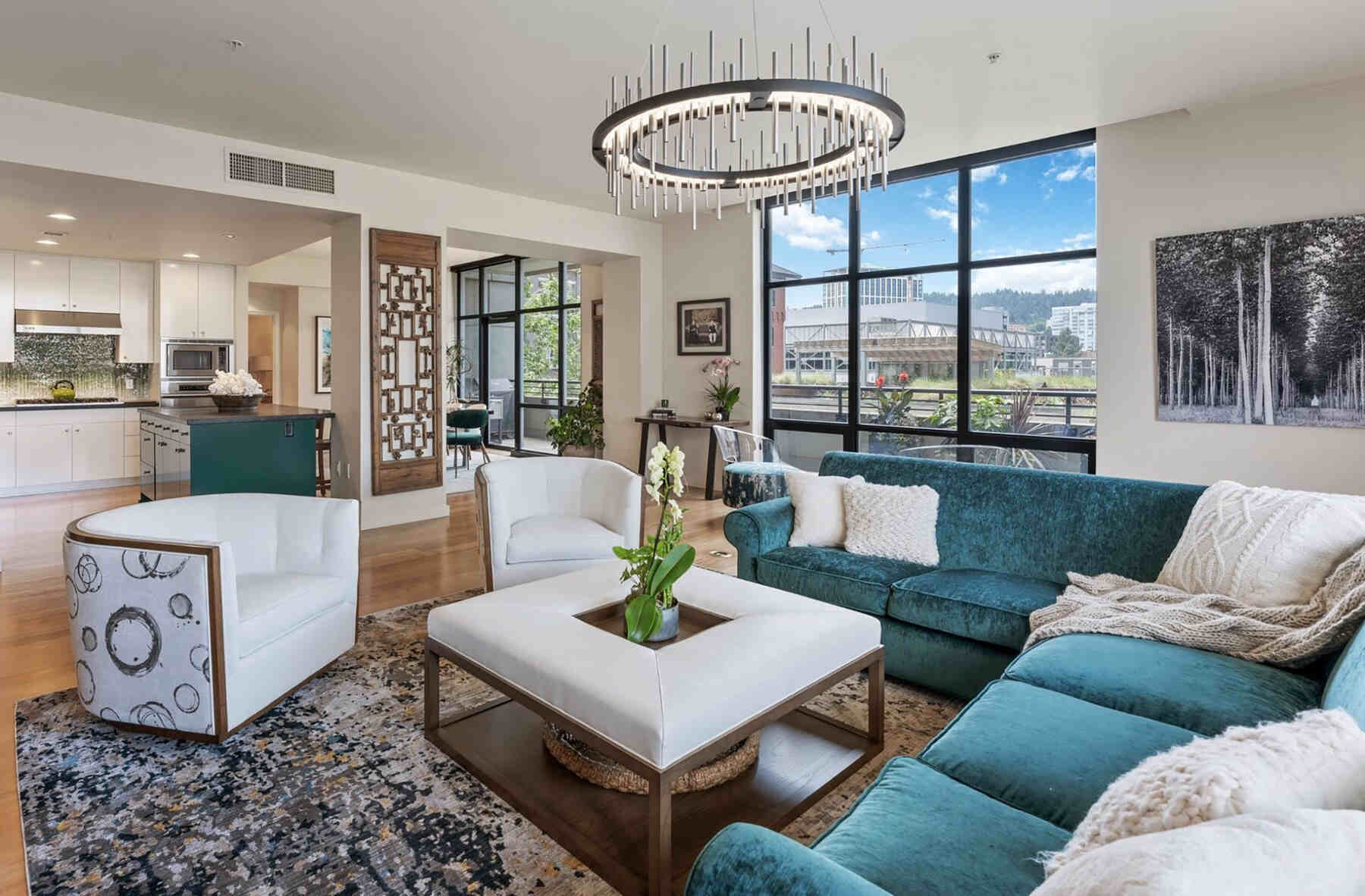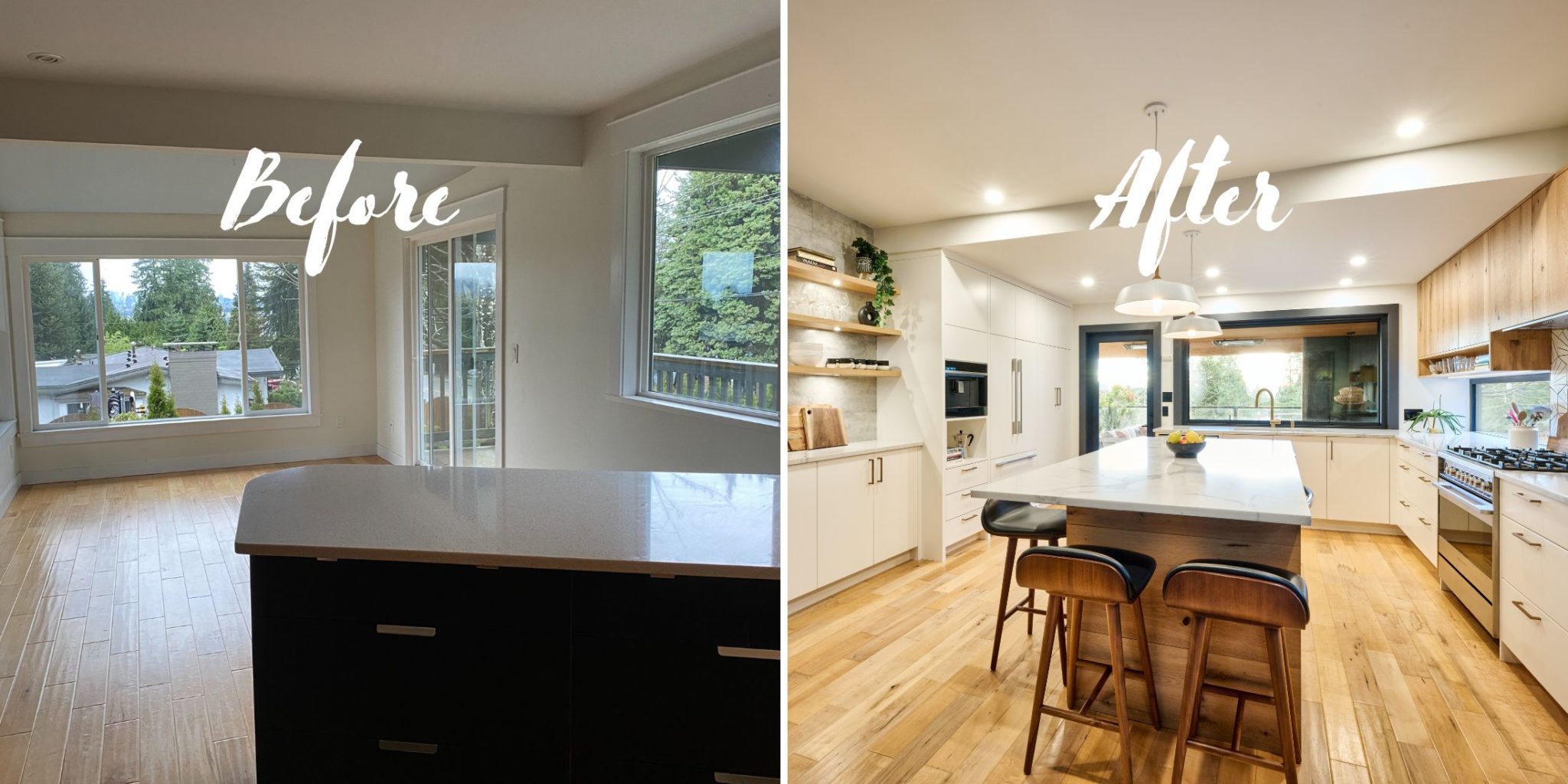Deciding between classic and modern furniture to make a space reflective of the owner’s personality can be challenging. As an experienced interior designer, I’ve seen this issue many times. I’ve created this comprehensive guide to furniture styles. This will help choose the right furniture depending on the owner’s style and taste.
Comprehensive Guide to Furniture Styles
Understanding fittings goes beyond choosing pieces. It’s about crafting environments that reflect personal tastes and histories.
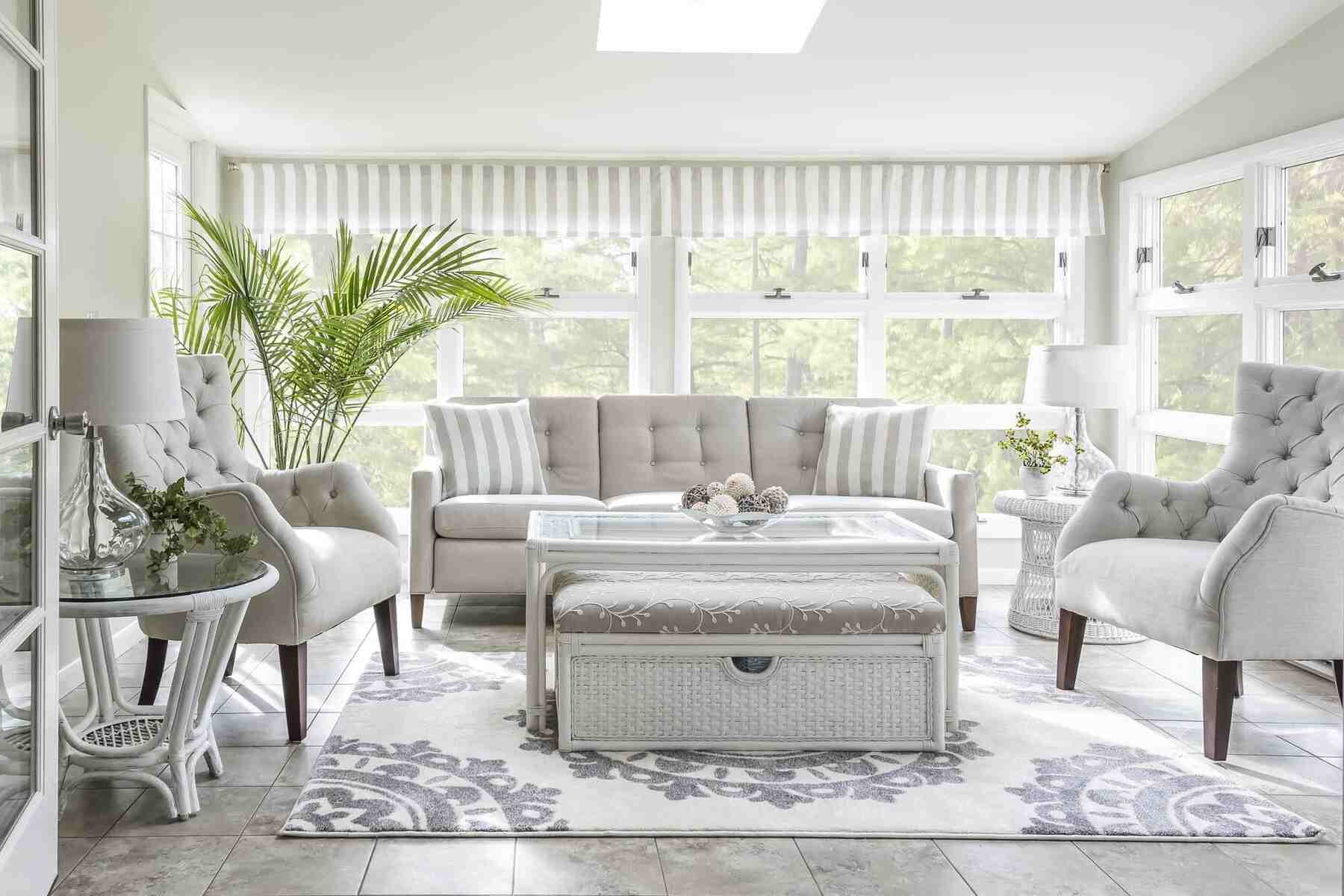
There’s a style to suit every space and personality. It doesn’t matter whether my clients prefer traditional styles or modern designs.
The Essence of Understanding Furniture Styles
Traditional styles tell stories of eras gone by. These styles are often characterized by their distinctive materials, craftsmanship, and decorative details.
For instance, Victorian pieces are known for their romantic influences and heavy proportions. Meanwhile, the Shaker style emphasizes utility and simplicity.
My Approach to Exploring Furniture Styles
In exploring furnishing styles, I emphasize their visual appeal, context, and functionality. I ensure each style serves a purpose and sets a tone for the space. It applies whether it’s the clean lines of Mid-Century Modern furniture or the rugged, natural look of Rustic pieces.
When integrating different styles into a space, I consider different factors. With such an approach, I make spaces look good and show my clients’ personalities. These factors involve:
- Room structure
- Client lifestyle
- Desired atmosphere.
Historical and Traditional Furniture Styles
Looking into historical and traditional furnishing styles is like stepping back in time. I’ve always been fascinated by how these styles reflect their respective eras’ social, cultural, and artistic trends.
Jacobean (1600–1690): The English Renaissance Influence
The Jacobean era, marking King James I’s reign, shifted from an elaborate Elizabethan style to a simpler, more practical design. This style is characterized by heavy, sturdy construction, often using oak as the primary material.
The ornate carvings and dark wood finishes stand out in Jacobean pieces. They reflect a blend of Renaissance, Baroque, and Gothic influences. The pieces, such as chairs, tables, and beds, were durable.
An interesting design element of this era was the Farthingale chair. It was specifically designed to accommodate women’s fashion at the time. Jacobean fittings remain a classic choice for those who appreciate the traditional and ornate.
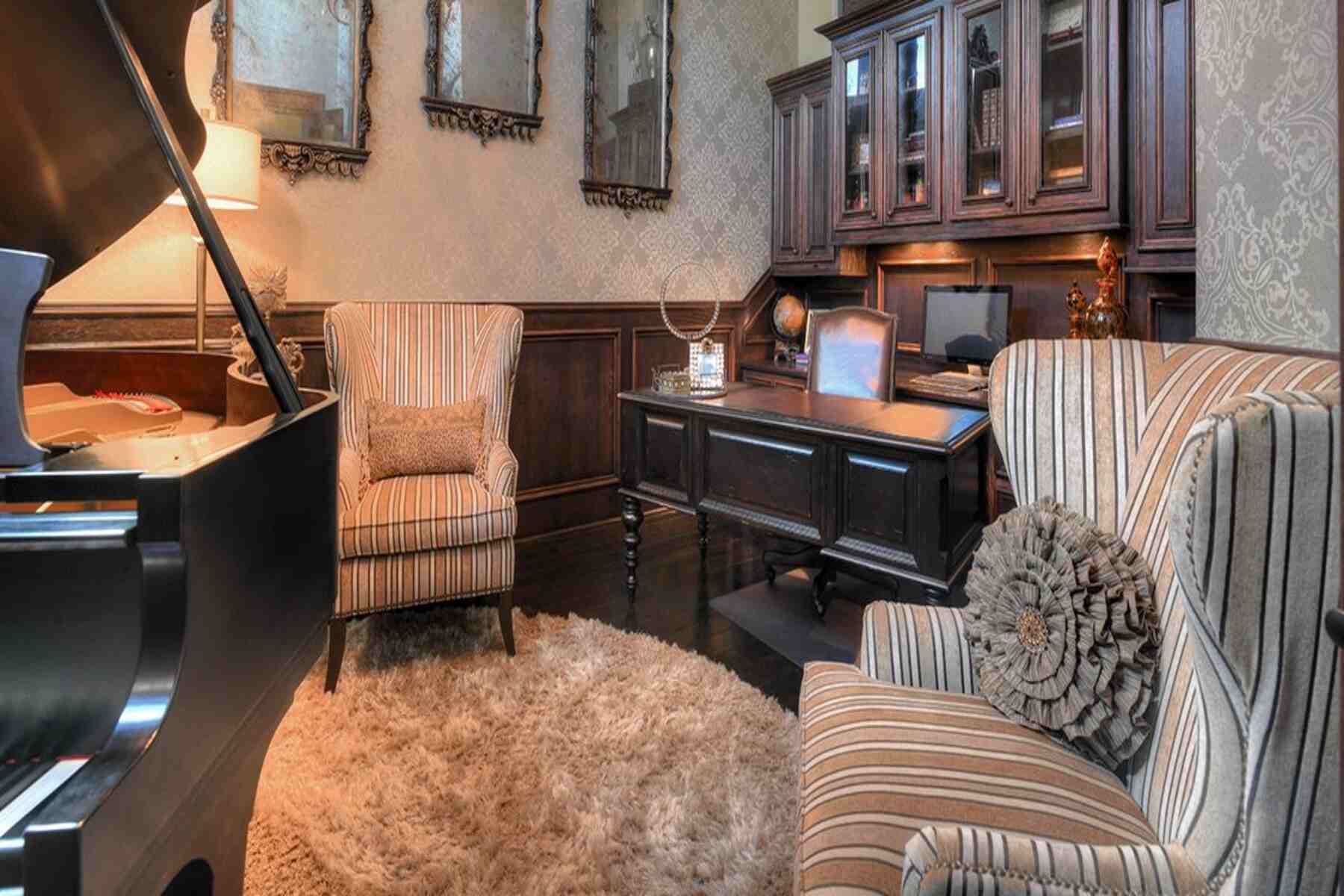
Queen Anne (1700–1755): Elegance and Ornamentation
The Queen Anne style emerged during the early 18th century and is known for its elegance and refined ornamentation. This style moved from heavy Jacobean designs to a lighter, more graceful look. Queen Anne’s furnishing is characterized by the following:
- Curved shapes
- Cabriole legs
- Fancy feet
The use of walnut wood became more prevalent in this era. It provided a lighter and warmer look compared to the darker woods of previous styles. Queen Anne fittings often feature delicate carving, marquetry, and the use of veneers.
This style is perfect for creating a sophisticated yet comfortable ambiance. I often recommend it to clients looking for a blend of elegance and functionality.
Victorian (1840–1910): The Industrial Revolution Impact
The Victorian style, named after Queen Victoria, coincided with the Industrial Revolution. This era’s furniture was the first to be mass-produced. Victorian pieces are recognizable for the following:
- Romantic style
- Heavy look
- Ornate decorations
Often made from rich, exotic woods, Victorian pieces were ornate and luxurious. They mirrored the technological progress of that era. This style usually has curved lines, flowery or geometric patterns, and many fancy details.
Victorian fittings can be quite grand and imposing. However, it brings a regal and opulent feel to spaces. It’s a favorite for those who love a touch of drama and historical flair in their interiors.
Modern Furniture Styles
I find modern furnishing styles particularly intriguing. They reflect the defining spirit of their times and offer a balance of warmth and candor.
Mid-Century Modern (1933–1965): Minimalism and Functionality
Mid-Century Modern (MCM) style, spanning from 1933 to 1965, is one of my favorites because it’s elegant and practical. This style emerged during a period of significant social change and technological innovation. The defining characteristics of this style that later inspired the California Modern design include the following:
- Clean lines
- Organic forms
- Minimal ornamentation
Furniture pieces from this era often blend traditional and non-traditional materials. These include wood combined with metal or glass. I often incorporate MCM pieces to create stylish and practical spaces.

Art Deco (1910–1939): Bold Colors and Geometric Shapes
The Art Deco style, which thrived from 1910 to 1939, is synonymous with luxury, glamour, and exuberance. Intricate detailing, vibrant colors, and strong geometric patterns characterize it. Art Deco furniture often features chevrons, zig-zags, and clear lines.
This style came about as a response to the seriousness of World War I. It flourished during the 1920s and the Great Depression era. In my experience, having Art Deco elements in modern interiors adds class and history.
Contemporary: Trending Colors and Sustainable Materials
Contemporary style, which I often use in my designs, including when doing the Northwest interior design style, is fluid and constantly evolving. It borrows elements from various styles and eras.
This style is characterized by its versatility. It incorporates trending colors, glossy surfaces, and sustainable materials.
In Contemporary design, the emphasis is on comfort, functionality, and sustainability. Designers often use eco-friendly materials and production methods. The color palette typically includes neutral and muted tones and, sometimes, bursts of color.
Diverse Furniture Styles for Unique Tastes
In my experience as an interior designer, I’ve come to appreciate the unique qualities each style brings to a space. The following styles offer distinct charm and cater to different tastes.
Rustic: Nature-Inspired and Warm
The Rustic style is a breath of fresh air from the countryside. It embraces nature and focuses on earthy color palettes and natural materials like wood and stone. The key elements include:
- Exposed wood, often in its natural, slightly distressed state
- Natural stone in elements such as fireplaces
- Plants Incorporated to enhance the natural aesthetic
- Textiles like jute or wool rugs, canvas, and burlap
- Patina metal accents, often in traditional metals like copper, brass, or bronze
This style creates a warm, inviting atmosphere. It is perfect for spaces where comfort and coziness are priorities.
Bohemian: Eclectic and Expressive
The Bohemian style is about self-expression and a carefree mix of colors, patterns, and textures. It’s a style that doesn’t shy away from being eclectic and vibrant. Its key elements often include:
- Mixing colorful, patterned textiles and global-inspired accessories
- Layering different textures and materials
- Using a variety of houseplants
- Adding vintage and handmade items for character and uniqueness
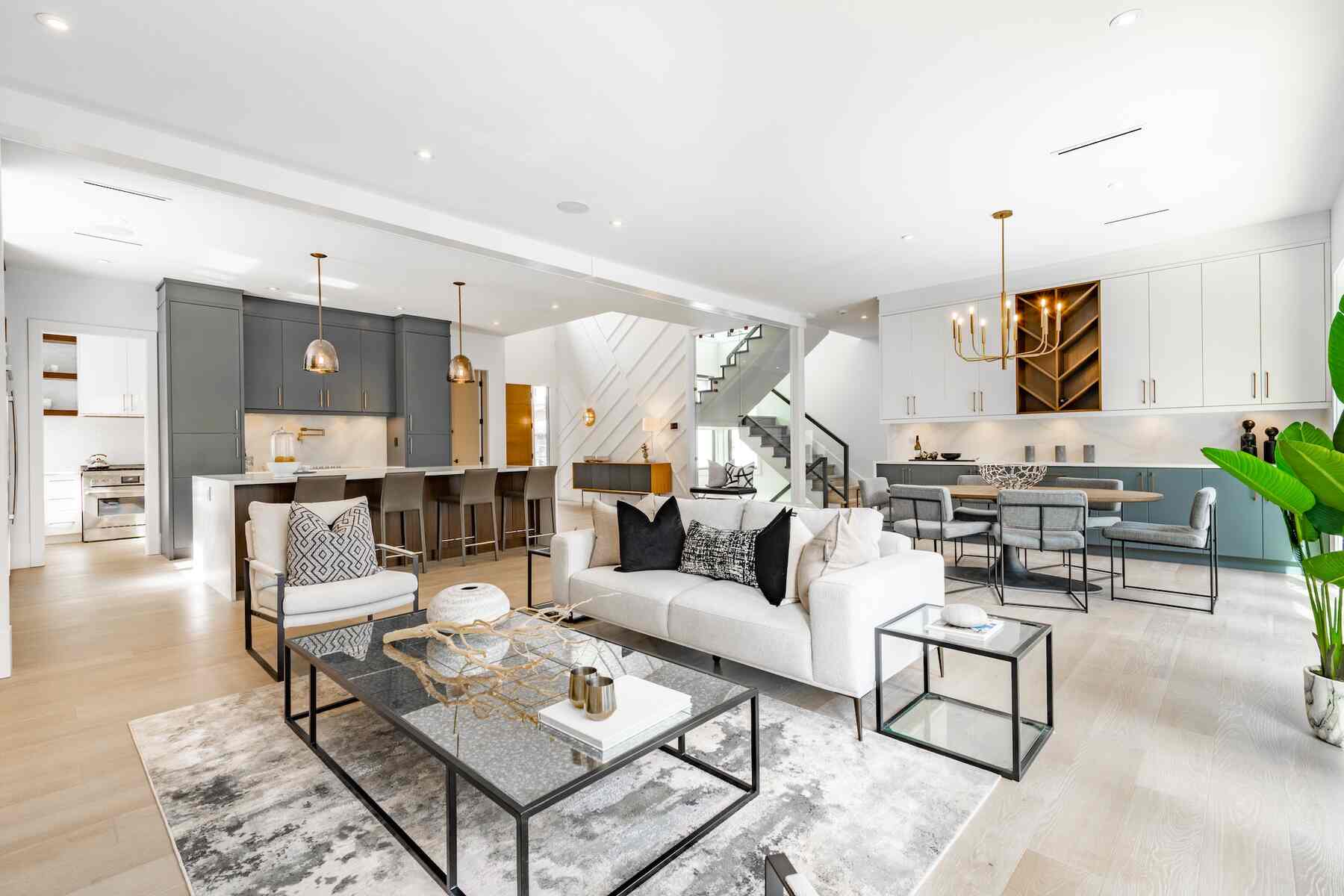
Industrial: Rugged and Minimalist
The Industrial style, inspired by old factories and industrial spaces, is known for its raw, edgy aesthetic. It’s a style that combines functionality with a stripped-back, unrefined look. Key characteristics include:
- Exposed brick, pipes, and ductwork
- A color palette dominated by neutrals, particularly grays, and metallics
- Materials like metal, wood, and concrete, often in their most natural form
- Minimalist decor that focuses on the bare essentials
This style suits those who appreciate a no-frills, straightforward approach to design. The style allows the materials’ beauty and simplicity to be the stars of the show.
Niche and Specialized Furniture Styles
Exploring niche and specialized fittings styles is an exciting part of my work. Each style has its unique characteristics and appeals to different aesthetics and tastes.
Mission Style: Simplicity and Durability
The Mission style emerged in the early 1900s. It is known for its emphasis on simplicity, clean lines, and durability. Here are its key features:
- Simple lines and lack of ornamentation: Mission-style furniture is recognized for its straight vertical and horizontal lines. They showcase the beauty of simplicity.
- High-quality wood: This style often uses hardwoods like oak, mahogany, walnut, and cedar. The focus is on highlighting the natural grain and quality of the wood.
- Heavy and sturdy construction: Mission-style furnishings are built to last. They are often passed on from one generation to the next.
- Functional design with minimal decorations: The design centers around functionality. It makes minimal use of decorations or embellishments.
- Distinct wood stains: Different wood stains are used to enhance the natural patterns of the wood. They give each piece a unique appearance.
Shaker Furniture: Functional and Unadorned
Shaker Furniture originated from the Shaking Quakers. People appreciate this style for the following reasons:
- Functional design: The focus is on utility and simplicity.
- Minimalist aesthetics: Shaker furniture is known for its clean lines and absence of unnecessary details.
- Quality craftsmanship: Each piece showcases the skill and precision of the artisan.
- Use of durable materials: Like the Mission style, Shaker furniture often uses high-quality wood.
- Timeless appeal: Its understated design ensures it never goes out of style.
French Country: Rustic Elegance
French Country style offers a blend of comfort and elegance. Its known characteristics include the following:
- Warm and cozy feel: This style creates an inviting atmosphere with its rustic yet elegant design.
- Use of natural materials: Materials such as stone and wood are commonly used.
- Soft color palette: Neutral and pastel colors dominate this style.
- Vintage elements: Antique or vintage-looking furniture pieces are a hallmark of this style.
- Ornate details: While the style is rustic, it often includes elegant and ornate details.
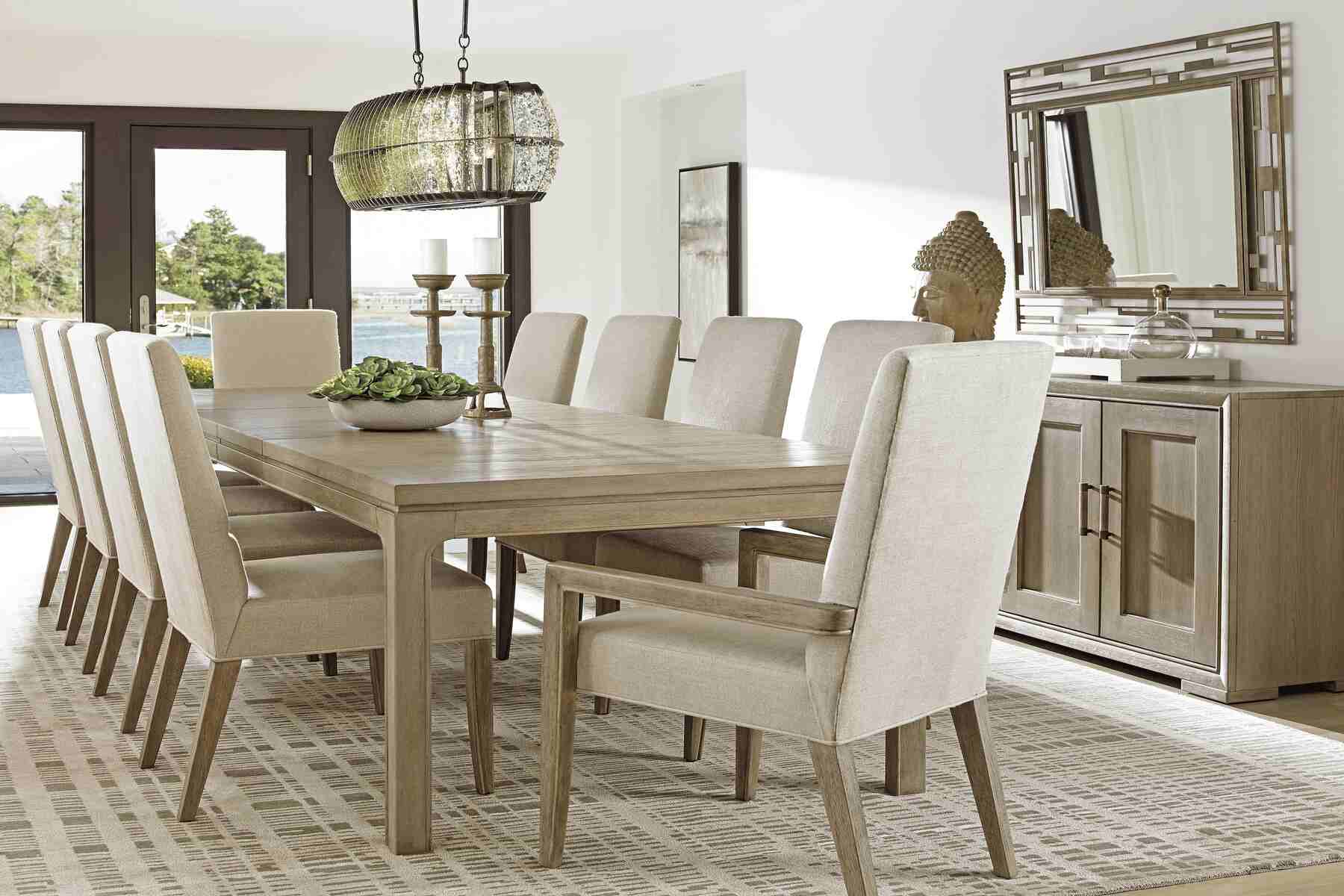
Blending Different Furniture Styles
As an interior designer, blending different furniture styles is one of the most rewarding challenges I face. It’s like creating a unique dialogue between the past and present in a living space.
Combining Traditional and Modern Elements
The mix of traditional and modern furniture styles is a trend that’s both exciting and daunting. Here are some tips I’ve learned in my years in the industry:
- Choose a dominant style: Using the 80/20 rule can be helpful. For those who prefer traditional decor, let it dominate the space and use modern accents to add a dash of contemporaneity.
- Embrace contrast: Modern decor’s bold elements can complement traditional pieces’ comforting styles. This contrast can create a visually exciting space.
- Keep scale in mind: When blending styles, it’s essential to consider the size and scale of the pieces. This is to ensure they complement each other.
- Harmony or Contrast: Decide whether we want our space to have a harmonious blend or a contrasting appeal. It’s similar to what I always aim for when doing a West Coast Contemporary design style. Both approaches can yield stunning results.
Eclectic Mixes for Personalized Spaces
Eclectic interior design is all about personal expression. To create an eclectic mix, do the following:
- Find a common thread: This could be a color scheme, a material, or a design period. It helps in tying different styles together.
- Balance is key: While eclecticism embraces variety, maintaining balance is crucial. We can achieve this through color, texture, or form.
- Unique furniture pieces: Incorporating unique or statement pieces can elevate an eclectic space.
Tips for Cohesive Design in Mixed-Style Interiors
Creating a cohesive look in a mixed-style interior can be tricky. Here are some tips:
- Color palette: Stick to a limited color palette to unify the space.
- Repeating elements: Use recurring shapes, textures, or materials to create a sense of cohesion.
- Bold art: Adding bold art pieces can serve as focal points and bridge the gap between different styles.
Remember, the key to blending different furniture styles is to let our personal tastes guide us. Do this while keeping an eye on harmony and balance in the space. It’s all about following rules and creating a space that feels right.
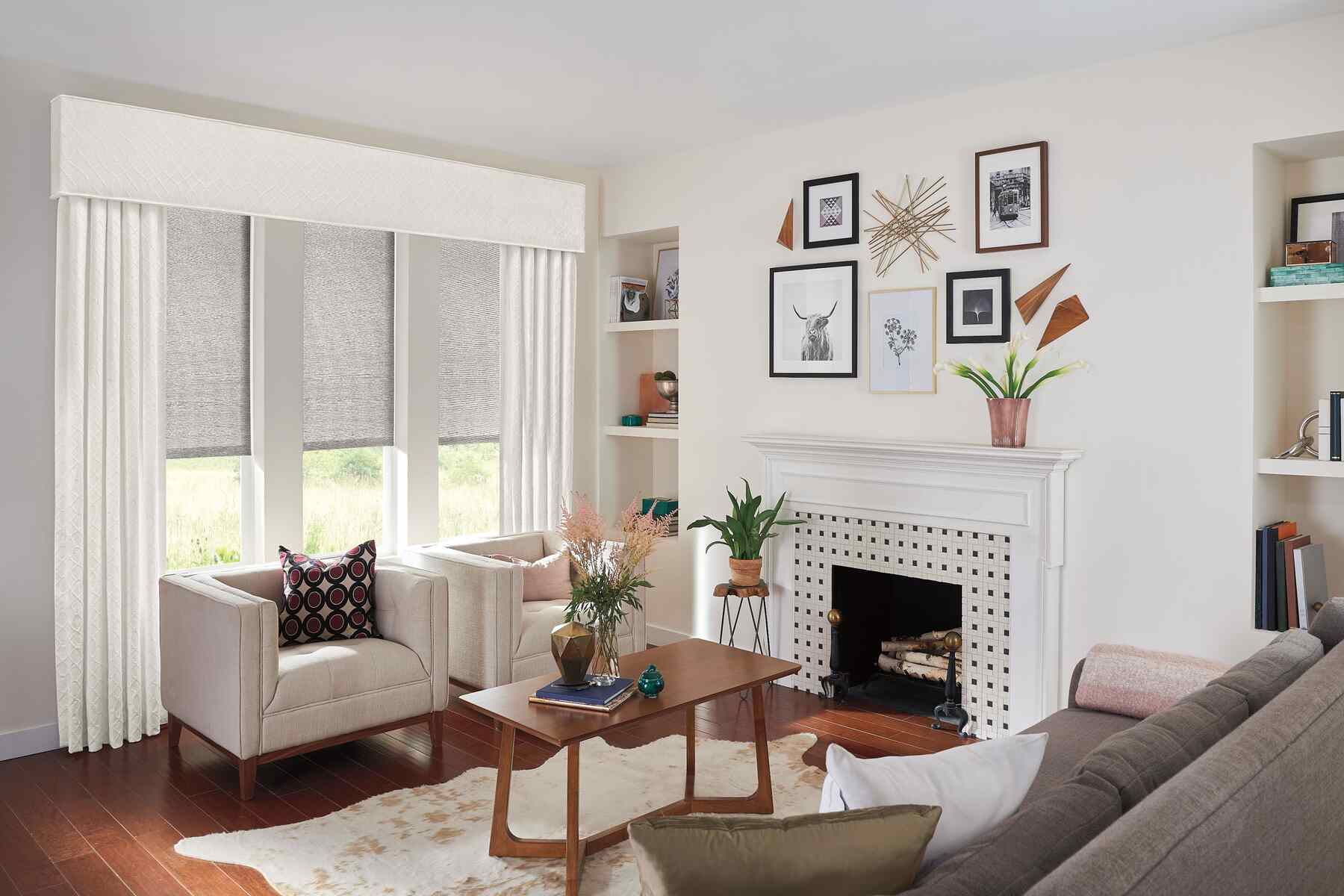
Frequently Asked Questions
How Has the Style of Furniture Evolved Over Time?
Furniture styles have evolved significantly. The evolution reflects cultural, social, and technological changes.
How Does Modern Furniture Differ From Traditional Furniture?
Modern furniture emphasizes simplicity and functionality. In contrast, traditional furniture focuses on craftsmanship and elegance.
Can We Mix Different Styles of Furniture?
Yes, mixing different furniture styles is a great way to create an eclectic and personalized space. It’s essential to find a common element to achieve a cohesive look. This approach allows for a diverse and exciting interior that reflects individual tastes and stories.
Conclusion
I’ve shared my extensive knowledge in this comprehensive guide to furniture styles. Notably, I’ve covered traditional, modern, and niche styles and tips for blending them. Use this as a guide on integrating furniture into personal spaces to create unique and harmonious environments.


